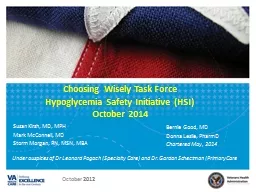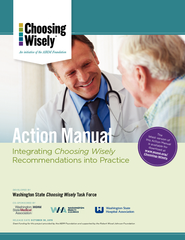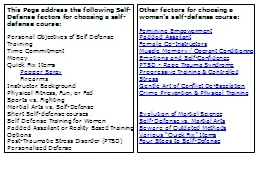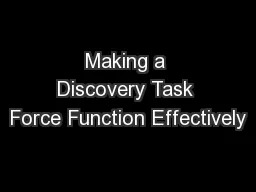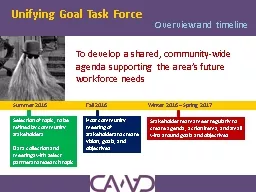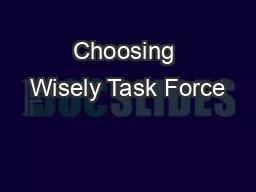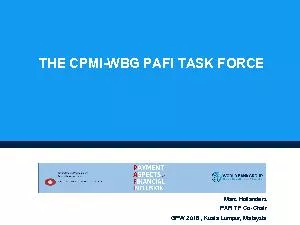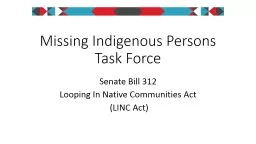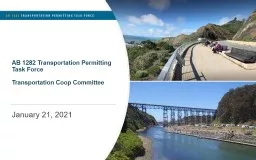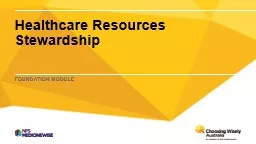PPT-Choosing Wisely Task Force
Author : lois-ondreau | Published Date : 2016-08-12
Hypoglycemia Safety Initiative HSI October 2014 Susan Kirsh MD MPH Mark McConnell MD Storm Morgan RN MSN MBA October 2012 Bernie Good MD Donna Leslie PharmD Chartered
Presentation Embed Code
Download Presentation
Download Presentation The PPT/PDF document "Choosing Wisely Task Force" is the property of its rightful owner. Permission is granted to download and print the materials on this website for personal, non-commercial use only, and to display it on your personal computer provided you do not modify the materials and that you retain all copyright notices contained in the materials. By downloading content from our website, you accept the terms of this agreement.
Choosing Wisely Task Force: Transcript
Download Rules Of Document
"Choosing Wisely Task Force"The content belongs to its owner. You may download and print it for personal use, without modification, and keep all copyright notices. By downloading, you agree to these terms.
Related Documents

